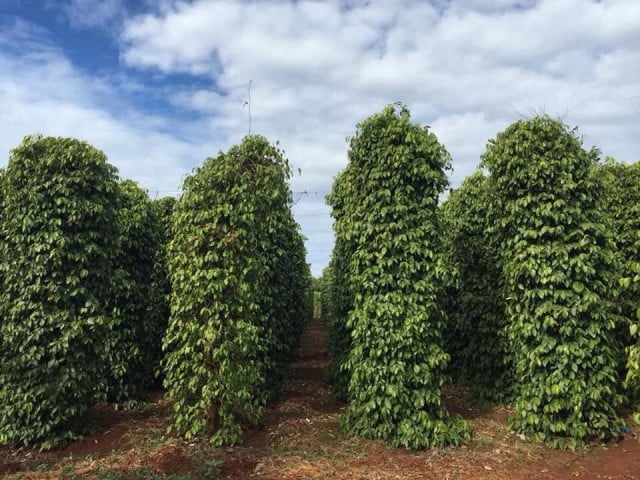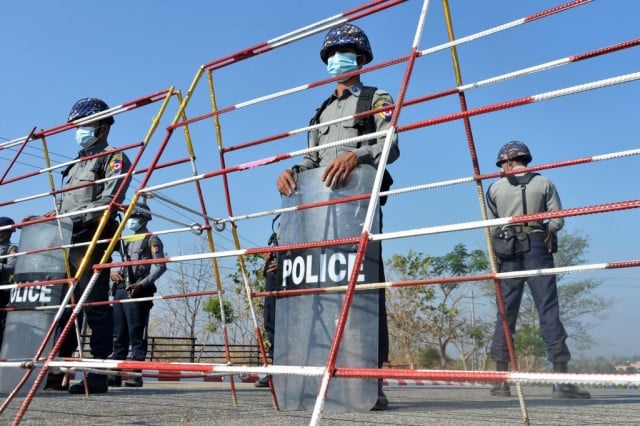The Stone Smiles of Bayon Temple Go Unreciprocated

- Ky Chamna
- August 4, 2020 12:47 PM
The trembling footsteps on the temples’ stones no longer echo through Siem Reap, as both life and hope have drained out of the tourist hotspot.
Both cities, two completely different eras, modern and ancient, looked worryingly lonely. Many of the famous viewpoints in the Angkor area where tourists and adventurers alike congregate at a single location to admire the memorable beauty and atmosphere, now have become a quiet, lifeless and somewhat depressing sight to see. The unprecedented drop of tourists for the past six months as a result of the pandemic is still visibly evident, but the ongoing uncertainty over the Coronavirus Disease 2019 (COVID-19) situation globally leaves both locals and tourists in a precarious place, with difficult questions that remain, as of yet, unanswered.
Siem Reap city is the only place in the Kingdom of Cambodia which welcomes so many people of such diverse nationalities from across the globe. It is in Siem Reap that they all come together to explore, relax and do business. It is also the only place to see an endless range of celebrations and spectacular activities whether they be social, ceremonial or even historical. From the massive celebration of the Sangkranta (Khmer New Year) which covered many parts and aspects of the province every April, to the boat racing Water Festival running along the length of the Siem Reap stream in November—as well as everything in between—this province and its city hardly fail to educate, amaze and entertain millions of visitors all year round.

At the start of the year, Siem Reap city was as impressive and elaborate as it always is. The illumination from hundreds of vibrant and colorful light bulbs provided a soft tranquil reflection bobbing on the surface of the Siem Reap stream, producing a unique aesthetic during the languid nights. The sizzling sound of fried rice dishes and vaporizing steam from the noodle soups, the alluring colors of fruit cocktails loom in from every side of the street, driving passersby by to take a seat and open up the menu.
The never-ending rows of shops selling all kinds of souvenirs and handmade clothes brought the night markets alive with curious tourists milling through the night. Tuk-Tuk and motor taxi drivers zigzagged around the congested intersections, racing through time to load their customers. Loud music and the chattering of the human voices created an atmosphere of urgency and festivity. Tour guides walked for kilometers guiding wide-eyed camera-toting tourists around the modern and the ancient cities, enthusiastically regaling them with the rich tales of Cambodian history and showing them the locals’ way of life.
Pretty much no-one would expect such a tremendous change. A change which would always be remembered by the locals. A change which shook the entire system and altered the mood of many of the locals as well as the tourists.
As soon as the pandemic has been officially announced, this province, with its heavy reliance on the tourism sector as the source of income, knew that something worse was on its way. Land borders, air travels and water routes were forced to temporarily close. The flow of international tourists dropped fiercely. Siem Reap Province, without the presence of foreign tourists, looked somewhat dull with local tourists outnumbering foreigners.
Inside the temples all across the Angkor complex, human noise was superseded by the sounds of birds chirping, the sound of the leaves slapping one another and the chorus of the cicadas on top of the giant towering trees. The wooden and metal stairs, which used to incline hundreds or even thousands of visitors up toward the Bakan temple, the highest and central-most point of the Angkor Wat temple, now stood alone hearing almost no footsteps. Along the gloriously-curved temple galleries depicting the story of the Churning of the Ocean of Milk and the elaborate battle within the story of Ramayana, very little visitors made their way through.
Bayon temple and its mythical four-face figures who resemble a god-like being smile gently and genuinely received no reciprocal smile from visitors. The single lane Northern gate of the Bayon temple, with its ability to handle what used to be hours of congested traffic with hundreds of cars and motorbikes forming a long queue. Now, that Northern gate was eager to welcome visitors. The famous Angkor Wat temple, the Bayon temple and other hundreds of nearby temples seemed to have been re-abandoned even though they are not.
No one knew that COVID-19 could have this virulent effect.
Sometimes, it felt so surreal. Nevertheless, the Bayon temple, with its gentle smiles, is still patiently waiting for the return of visitors.















